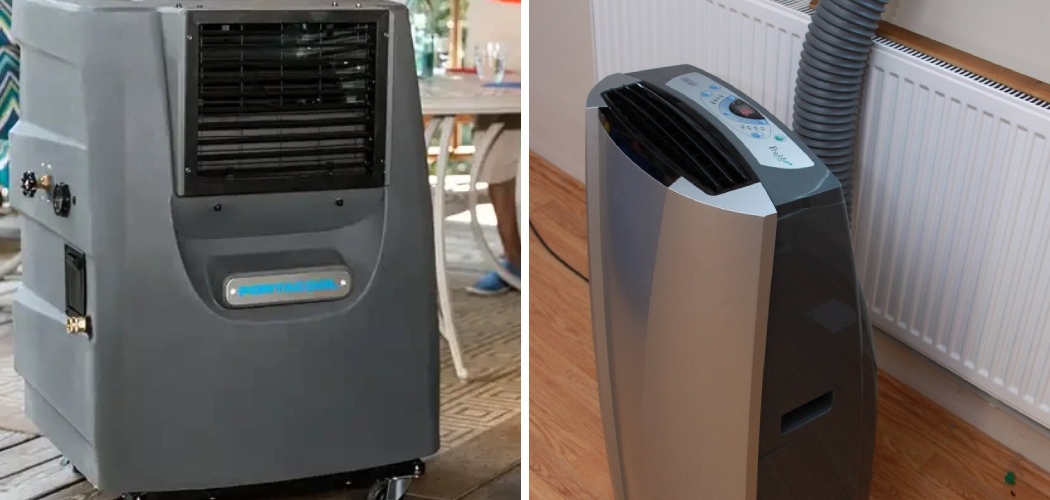If you’re like most people, you probably dread hot, humid weather. While there’s not much you can do about the humidity itself; there is something you can do to make your environment more comfortable: use evaporative cooling. In this article, we’ll explain what evaporative cooling is and show you how to use it in your home or office during the summer months. So keep reading to learn how to use evaporative cooling in humid weather!

During humid weather, the air can feel thick and oppressive. This is because humidity refers to the amount of water vapor present in the air, and when there’s more water vapor present, the air feels heavier and hotter. Likewise, the air can hold more water vapor when the temperature rises. So, humid weather makes it feel hotter, but it also makes it harder for your body to cool down through sweating.
What Is Evaporative Cooling?
Evaporative cooling is a process whereby air is cooled by water vapor. The water vapor creates a latent heat of vaporization, which absorbs heat from the air. This process can occur naturally, such as when water evaporates from the skin, or it can be artificially induced, such as with an evaporative cooler.
Evaporative cooling is an effective way to cool large areas of air, and it has several advantages over other cooling methods. For example, evaporative cooling does not require chemicals or refrigerants, and it is relatively energy efficient. In addition, evaporative cooling can help to improve air quality by reducing dust and pollen levels.
However, there are a few things to keep in mind when using evaporative cooling. First, the air must be fairly dry to work effectively. If the humidity is too high, the water vapor will not be able to evaporate correctly and will instead condense on surfaces, which can make the air warmer.
Second, evaporative cooling works best when there is a breeze present. The moving air helps to circulate the cooler air and prevents it from becoming stagnant.
Finally, it is essential to ensure that the evaporative cooler is regularly cleaned and maintained according to the manufacturer’s instructions, as dirty coolers can become breeding grounds for bacteria and mold.
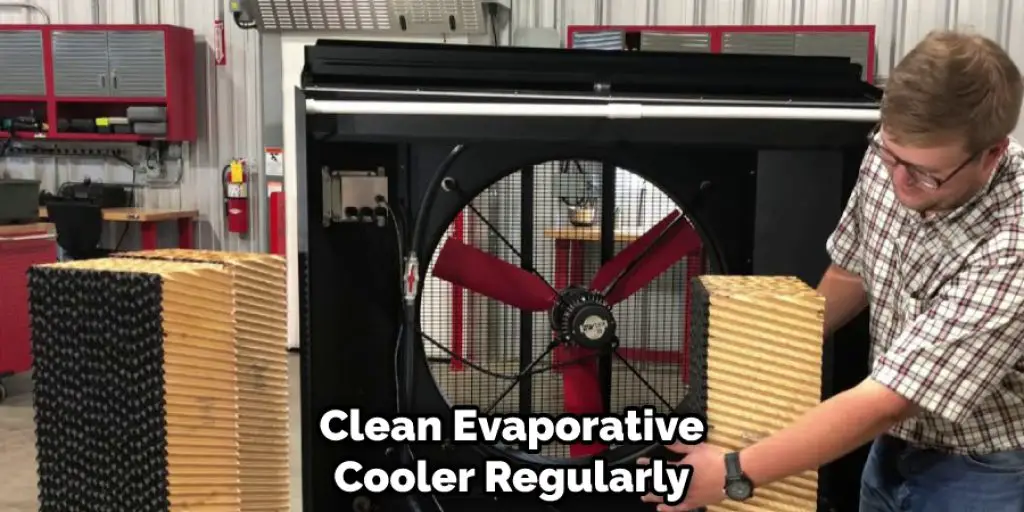
When used correctly, evaporative cooling can be a great way to stay cool and comfortable in hot, humid weather.
Why Is the Humidity So High?
At certain times of the year, the humidity seems unbearable. You step outside, and you feel like you’re drenched in sweat within seconds. So, why is the humidity so high?
There are a few reasons. One is that warm air can hold more moisture than cool air. So, when the temperatures start to rise, the air can become saturated with water vapor.
When the air is already full of moisture, evaporation slows down. That means the water already in the air isn’t going anywhere, making the humidity even higher.
Finally, specific weather patterns can trap humid air, leading to muggy conditions that can last for days or even weeks.
Fortunately, there are some things you can do to stay cool and comfortable when the humidity is high. Drink lots of fluids, wear loose-fitting clothing, and avoid being outside during the hottest part of the day. You can make it through even the most humid summer days with a bit of planning.
A Detailed Guide on How to Use Evaporative Cooling in Humid Weather
Way 1: Use an Evaporative Cooler
An evaporative cooler also called a swamp cooler, is a device that uses the evaporation of water to cool air. Swamp coolers work by pulling in hot, dry air and passing it over wet pads, causing the water to evaporate into the air. This evaporation process then cools the air, which is then circulated into your home or office.
Evaporative coolers are only effective in areas with low humidity. If you live in a more humid climate, an evaporative cooler will not work as well because the air is already saturated with moisture. The cooler works by pulling in hot, dry air and passing it over wet pads, evaporating the water and cooling the air. But if the air is already full of moisture, there is no room for the water to evaporate, so that the air won’t be cooled as much.
If you’re not sure whether your area has high or low humidity, you can check the relative humidity levels online or using a hygrometer. The relative humidity is expressed as a percentage, and it tells you how much moisture is in the air compared to how much moisture the air can hold. For example, if the relative humidity is 50%, the air contains half of the moisture it could hold.
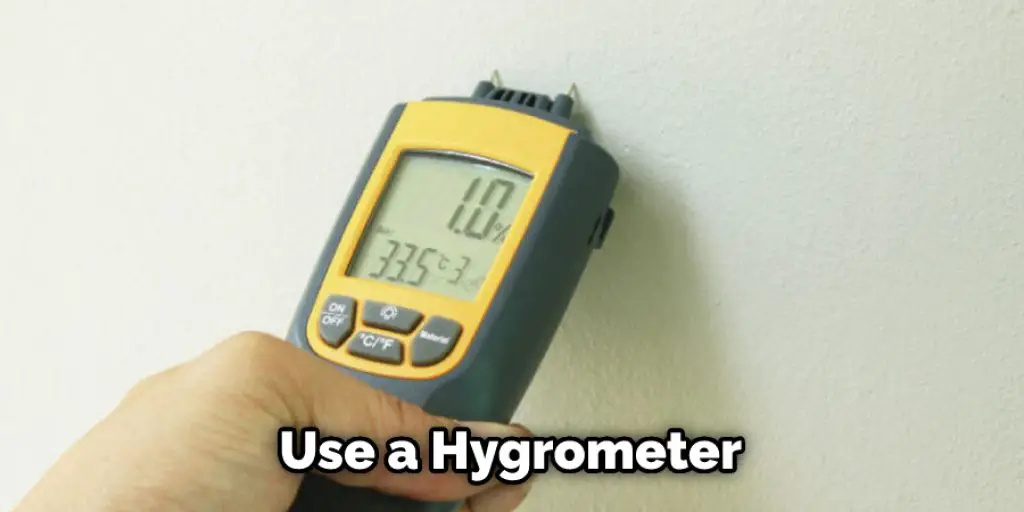
Generally speaking, evaporative coolers are most effective when the relative humidity is below 60%. So if you live in an area with high humidity, you’re better off using another cooling method such as air conditioning.
Step 1: Choosing an Evaporative Cooler
The most crucial factor in choosing an evaporative cooler is identifying the proper size for the job. A too small evaporator will have to work much harder, will not cool as effectively, and will not remove as much humidity from the air. Conversely, one that is too large will be inefficient and likely cause the area to feel humid.
To Calculate the Appropriate Size, You’ll Need to Know:
- The total square footage of the space
- How many people normally occupy the space
- What level of activity will be taking place
- Whether any heat sources are present
Armed with this information, you can use an online calculator (such as HowStuffWorks) to determine the appropriate evaporative cooler size.
Step 2: Setting Up the Unit
Most evaporative coolers are portable and can be moved from one location to another. Before using your evaporator, however, it’s essential to set it up correctly.
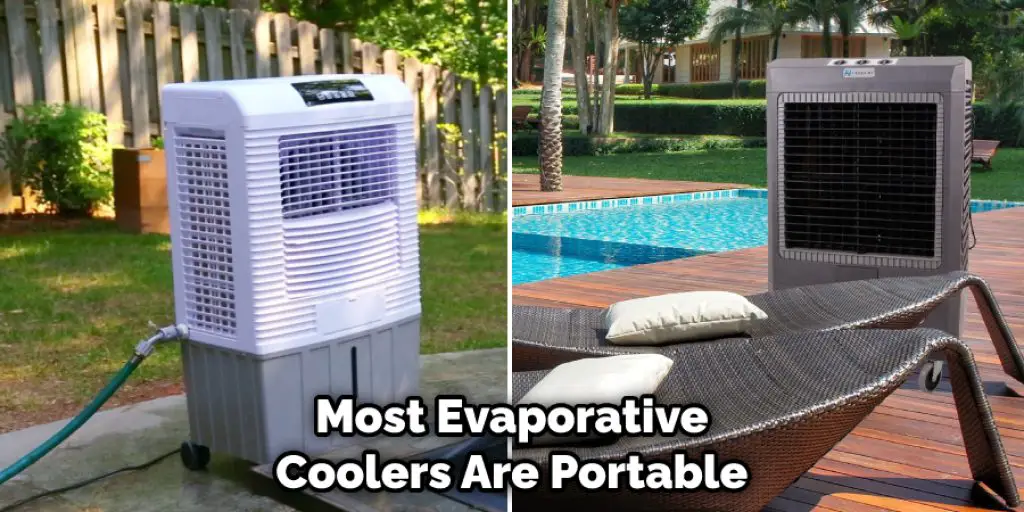
Find a level spot for the unit. It’s also essential to make sure that there is adequate ventilation. The unit will need to pull in air from outside, so open any doors or windows near the evaporator.
If you’re using the unit indoors, you’ll also need to set up a duct system. This can be done with flexible tubing or by simply opening doors and windows in the room so that air can circulate freely.
Finally, connect the water supply to the unit. This can be done with a garden hose or filling the unit’s water reservoir.
Step 3: Operating the Unit
Once the evaporator is set up, you’re ready to start cooling!
First, make sure that all doors and windows near the unit are open so that air can circulate freely. Then, turn on the unit and adjust the settings as needed.
Most units have three settings: low, medium, and high. How you set, the unit will depend on your specific needs. In general, however, it’s best to start with a lower setting and then increase the level of cooling as needed.
In addition to adjusting the setting, you may also need to change the airflow direction. For example, some units have a fan that can be directed up or down, while others have side-to-side louvers that can be adjusted.
As the unit cools the air, it will also remove humidity. This can make the air feel more comfortable, but it can also damp surfaces. To avoid this, you can increase the airflow or open doors and windows to help circulate the air.
Way 2: Use a Portable Air Conditioner
If you live in an area with high humidity, you may not be able to use an evaporative cooler effectively. In this case, your best option is to use a portable air conditioner.
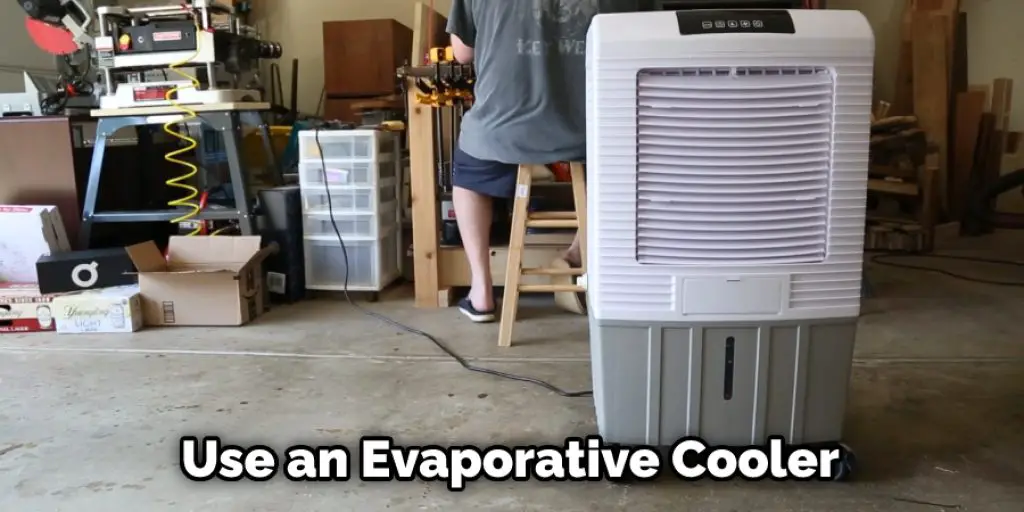
Portable air conditioners work by pulling warm, moist air from the room and then cooling and dehumidifying it. This process not only makes the air more comfortable but also helps to prevent mold and mildew growth.
Step 1: Determine the Size of the Portable Air Conditioner You Need.
The size of the portable air conditioner you need will depend on the size of the room you want to cool. However, a general rule of thumb is that you will need 1 BTU (British Thermal Unit) for every square foot.
Step 2: Choose a Model With a Built-in Dehumidifier.
When choosing a portable air conditioner, be sure to select one that has a built-in dehumidifier. This feature will help remove excess moisture from the air, making it more comfortable and preventing mold and mildew growth.
Step 3: Place the Unit in an Open Window.
To install your portable air conditioner, place it in an open window. Be sure to seal any gaps around the unit to prevent cool air from escaping.
Step 4: Turn on the Unit and Enjoy the Cool, Comfortable Air.
Once your portable air conditioner is in place, turn it on and enjoy the cool, comfortable air.
Way 3: Use a Whole-House Fan
If you live in a climate where it’s hot during the day but cooler at night, a whole-house fan can be an effective way to cool your home without using air conditioning. Whole-house fans are mounted in the ceiling of your home and pull cool air in through open windows, circulating it throughout the house.
Step 1: Check the Fan
First, check to ensure that your whole-house fan is in good working order. The blades should be clean and free of debris, and the motor should be adequately lubricated.
Step 2: Open Windows
Open the windows in the rooms you want to cool on a cool night and turn on the whole-house fan. The fan will pull air through these windows and circulate it throughout your home.
Step 3: Close Windows and Doors
As the temperature inside your home drops, close any windows and doors that are not in the room you’re trying to cool. This will help keep the cool air in and the hot air out.
Step 4: Turn Off the Fan
Turn off the whole-house fan once your home has reached the desired temperature. You can then open windows and doors to let fresh air circulate throughout your home.
Whole-house fans are a great way to cool your home without using air conditioning, but they only work when the outside air is more relaxed than the inside air. If the outside air is hot and humid, a whole-house fan will not be effective. In these cases, you’ll need to rely on other cooling methods, such as an evaporative cooler or air conditioner.
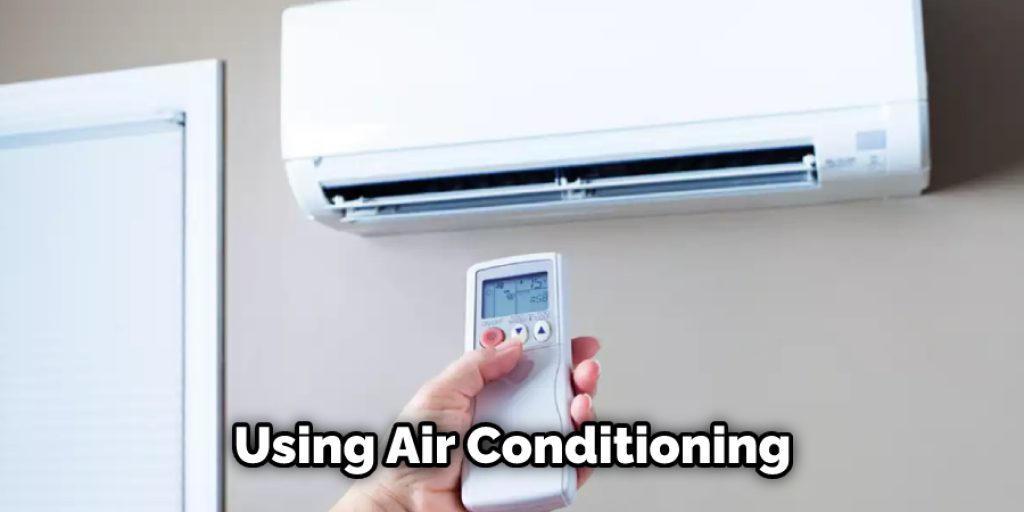
Conclusion
If you’re looking for a way to beat the heat and humidity, evaporative cooling is a great option. By using this method on how to use evaporative cooling in humid weather, you can keep your home or office cool and comfortable without breaking the bank.
You May Also Read: How to Increase Cooling Capacity of Air Conditioner

